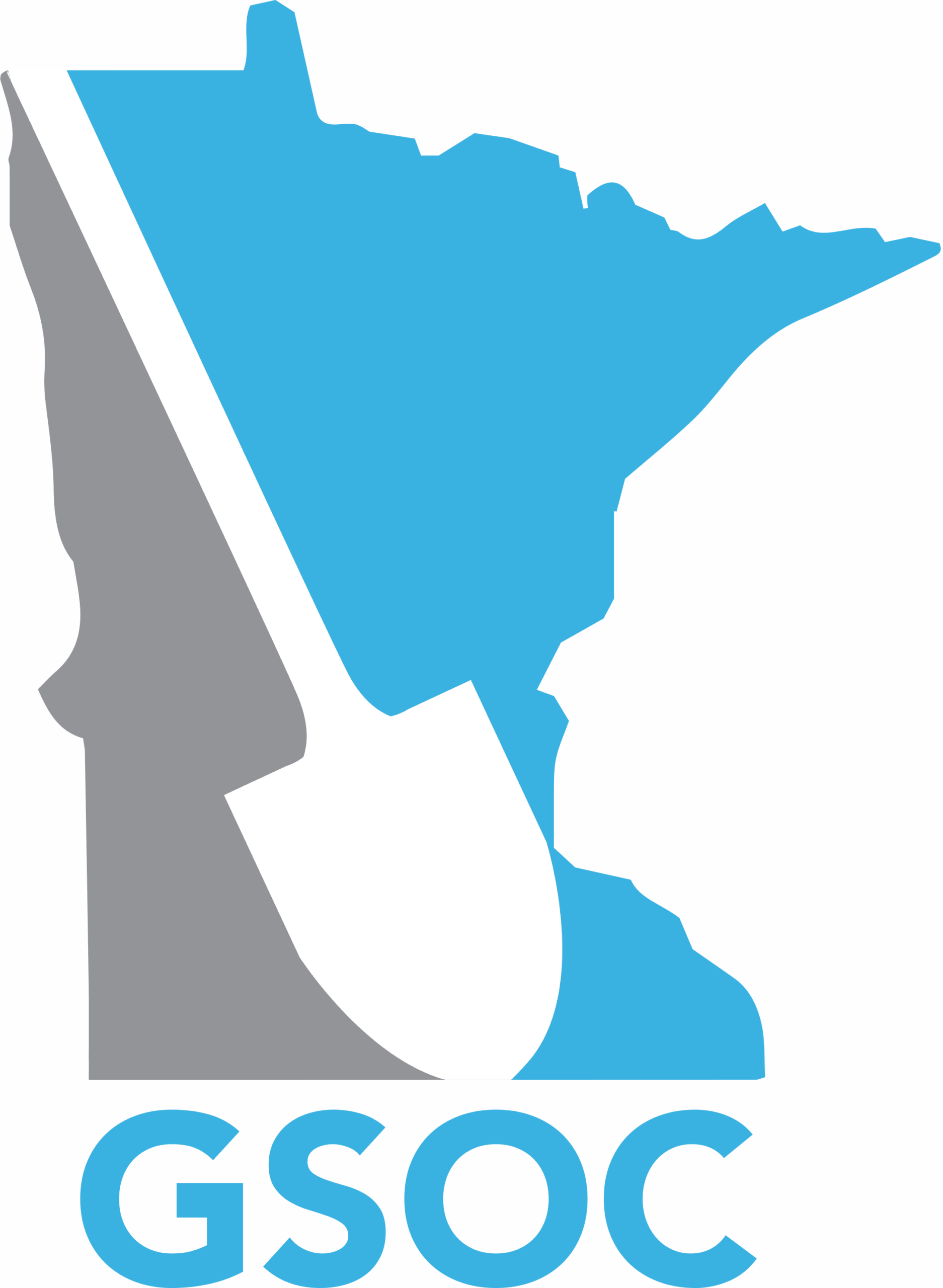Minnesota law requires excavators to provide facility operators with white markings on all excavations, without exception. Starting January 1, 2026, an excavator may provide markings in electronic form if they provide the same level of information as physical markings. Facility operators may still require excavators to physically mark the area of excavation, even if marked electronically.
The Minnesota Common Ground Alliance (MNCGA), in partnership with Gopher State One Call (GSOC), released the following suggested practices for electronic white lining to help excavators provide locators with the same level of information as a physical mark. Using these practices may help limit locator requests for physical marking due to unclear electronic instructions.
Suggested Practices
- Use ITIC’s circle (radius), feature (street), parcel (property), and route tools. Upcoming changes to ITIC allow these tools to generate “automated marking instructions.” MNCGA believes these tools will generally provide the same level of information as a physical mark. However, the manually drawn “other” polygon tool might not provide sufficient information unless the user provides the precise area of excavation and refers to physical features.
- Refer to easily identifiable physical features. This might include roadways, curblines, sidewalks, lot lines, rights of way, structures, manholes, handholes, catch basins, hydrants, light and power poles, and facility pedestals and cabinets. Similarly, any ticket attachments should include current maps or satellite imagery that identifies notable physical features.
- Include a defined boundary that fully closes for uploaded maps or plans to indicate the precise area of excavation. The dimensions of each boundary section should be shown, along with distances from the boundary to relevant physical features. All boundaries or routes should be a complete or closed area.
- Always indicate the exact area of excavation to ensure the appropriate facility operators are notified, even if uploading additional maps. The notification center does not review ticket attachments or verify that the electronically marked area matches any included uploads. It is important to indicate the full excavation area so that all relevant operators are notified.
- Respond promptly to requests for more information or physical marking. Excavators should make every reasonable effort to respond to follow-up requests on a timely basis. The parties are strongly encouraged to communicate and collaborate on an estimated timeline for completion of the physical marking and any additional location work directly by phone. Documentation of any agreement should be provided to GSOC via ticket update.
If you have questions about electronic white lining, please contact our Customer Support team at 651-681-7326 or send us an email at [email protected].

